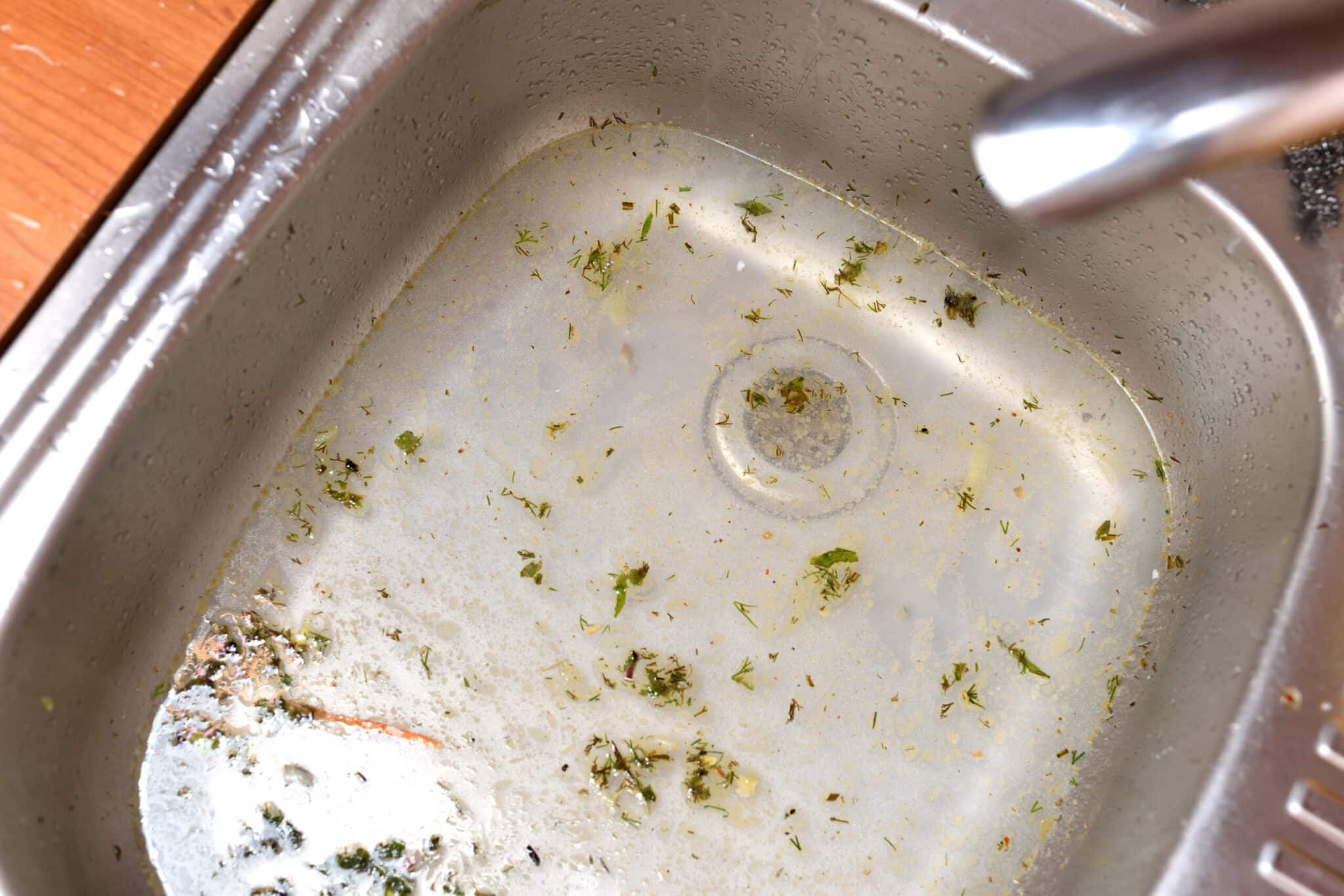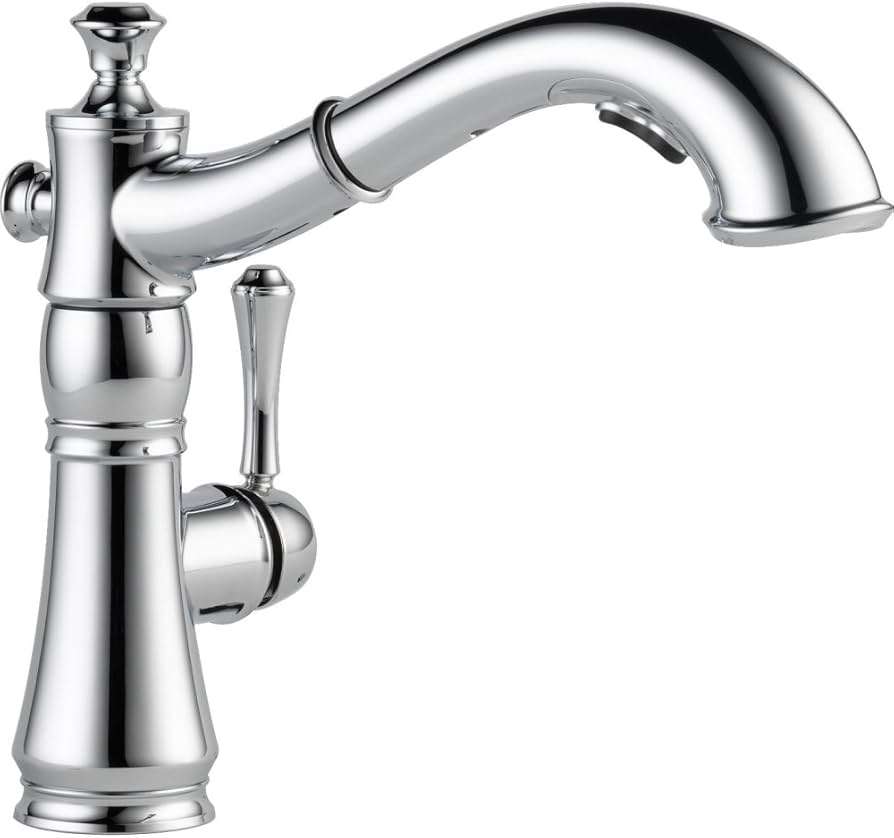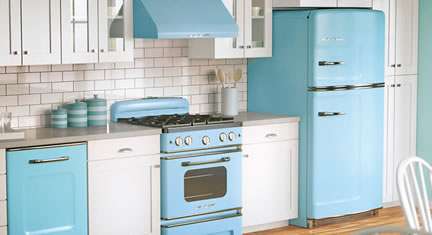Creating a functional and efficient kitchen in a small restaurant space on a low budget presents a unique set of challenges. It requires careful planning, innovative solutions, and a focus on maximizing every square inch. The key is to prioritize essential equipment and streamline workflows to ensure smooth operations without breaking the bank. Thinking strategically about your menu and how it translates into kitchen needs is paramount, impacting everything from appliance selection to storage solutions. Effective **low budget small space small restaurant kitchen design** can transform a seemingly impossible area into a culinary powerhouse.
Prioritizing Essential Equipment
When working with limited resources, focusing on the must-have equipment is crucial. This doesn’t mean sacrificing quality, but rather making smart choices and potentially opting for used or refurbished options. Consider the core menu items and identify the bare minimum required to prepare them efficiently. For example, a restaurant specializing in sandwiches might prioritize a high-quality panini press and a reliable refrigeration unit over a large, expensive convection oven. Remember to factor in local health codes and regulations regarding essential equipment.
- Refrigeration: Essential for food safety. Explore compact, under-counter models.
- Cooking Range: Choose a range that fits your menu. A smaller, more efficient model can save space and energy.
- Prep Area: Stainless steel tables are durable and easy to clean. Consider wall-mounted options to maximize floor space.
- Dishwashing: A commercial dishwasher is a significant investment, but can save time and labor. Explore leasing options.
Maximizing Space with Clever Design
Space is a premium in small kitchens. Vertical storage, multi-functional equipment, and strategic layout are all essential. Think vertically with shelving and wall-mounted organizers. Consider using mobile workstations that can be moved around as needed. A well-designed kitchen should minimize unnecessary steps and ensure that frequently used items are easily accessible.
Optimizing Workflow
The workflow in a small kitchen is critical. The goal is to create a streamlined process that minimizes bottlenecks and ensures that orders can be prepared efficiently. Consider the flow of ingredients from storage to preparation to cooking to plating. Ensure that there is adequate space for each step and that equipment is positioned to minimize movement. A well-organized kitchen will not only improve efficiency but also reduce stress and improve employee morale.
Vertical Storage Solutions
Embrace vertical space. Wall-mounted shelves, pot racks, and spice organizers can free up valuable counter space. Consider using clear containers to easily identify ingredients and maximize storage efficiency.
Cost-Effective Material Choices
Selecting durable, easy-to-clean, and affordable materials is key to keeping costs down. Stainless steel is a popular choice for its durability and hygiene, but can be expensive. Explore alternatives such as laminate countertops and epoxy flooring for a more budget-friendly option. Look for discounted or repurposed materials when possible.
Comparative Table: Equipment Options
| Equipment | New (High-End) | Refurbished | Used |
|---|---|---|---|
| Refrigeration Unit | $3,000 ― $5,000 | $1,500 ⸺ $3,000 | $500 ⸺ $1,500 |
| Commercial Range | $2,000 ― $4,000 | $1,000 ― $2,000 | $500 ⸺ $1,000 |
Ultimately, achieving a successful **low budget small space small restaurant kitchen design** requires creativity, resourcefulness, and a clear understanding of your operational needs. By prioritizing essential equipment, maximizing space, and making smart material choices, it is possible to create a functional and efficient kitchen that supports your culinary vision without breaking the bank.






